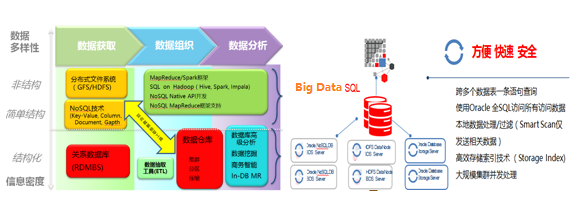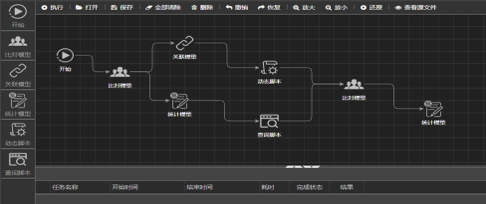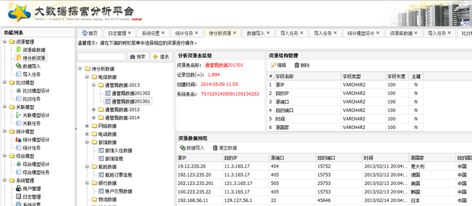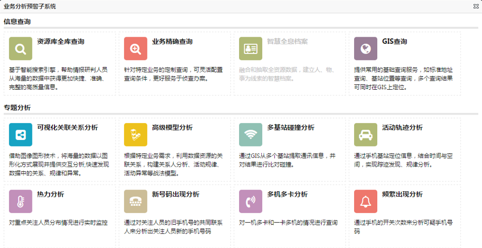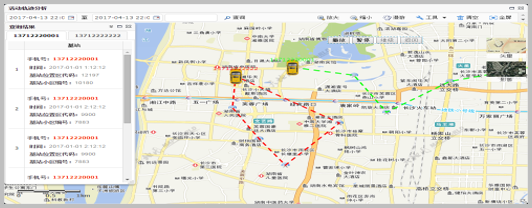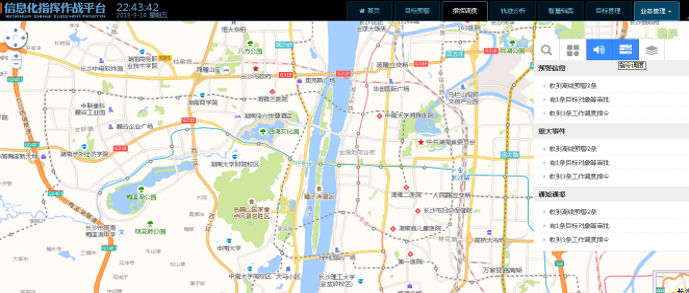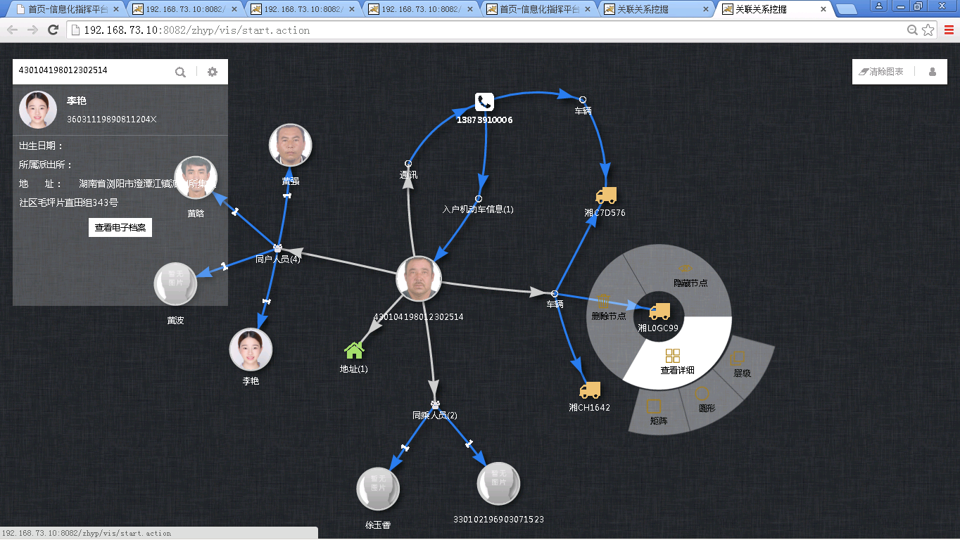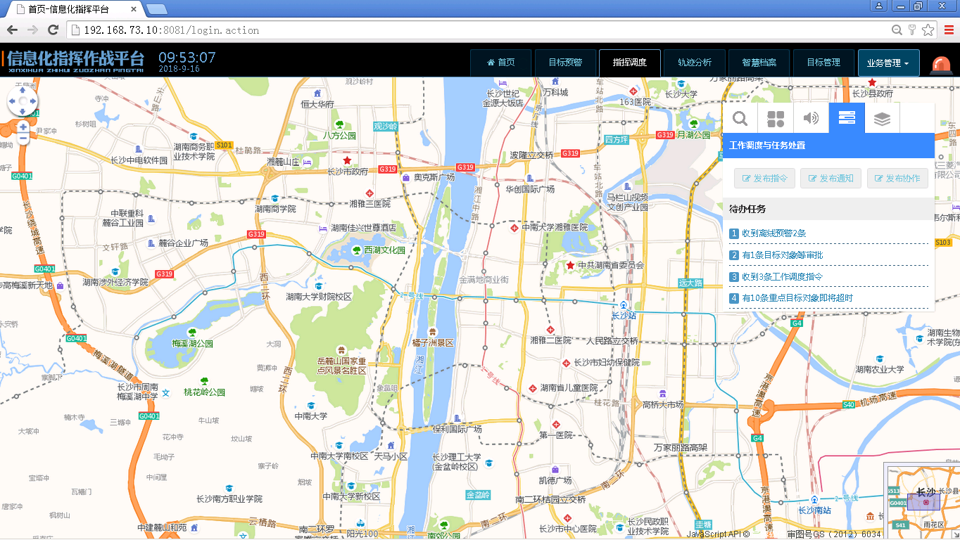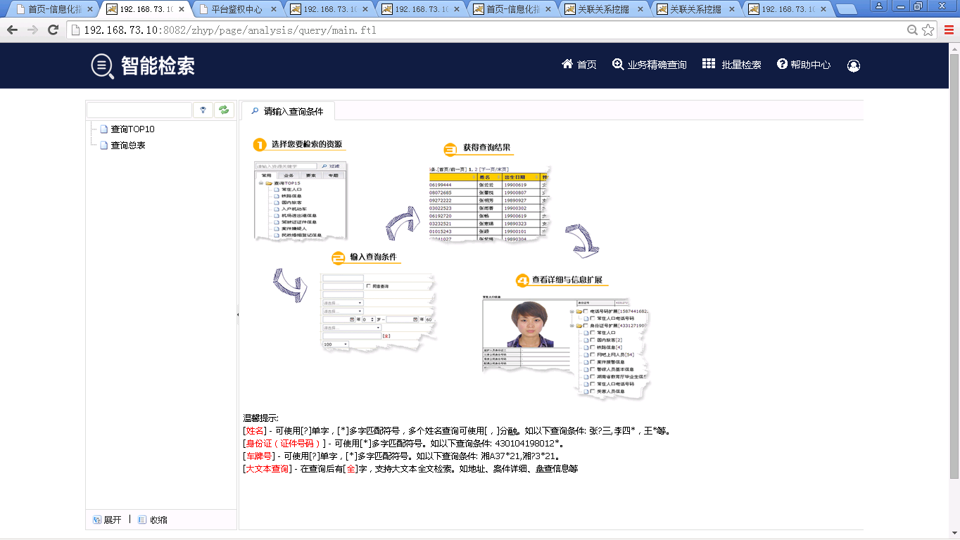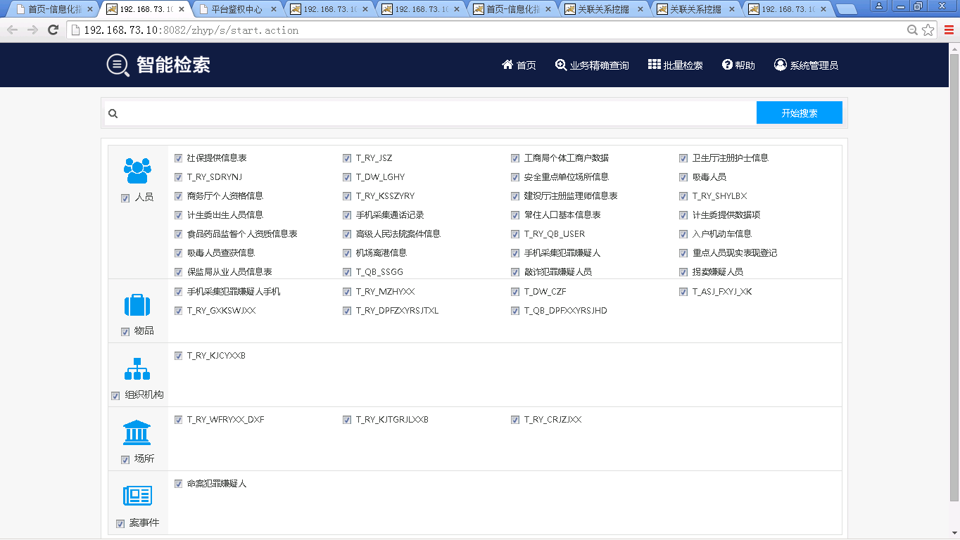1. Big data Analysis and Modeling System
A one-stop, enterprise level big data storage and analysis platform based on innovative hybrid big data architecture technology. Support flexible access to existing business systems and expansion of other external data sources; Covering the complete big data processing lifecycle of data collection, data cleaning, data storage, data mining, business modeling, data sharing, etc., providing efficient big data storage and basic analysis service support for ultimate analytical applications.
- Hybrid Big data storage & analysis engine
Adopting a hybrid architecture of distributed data big data engine (Hadoop/Park) and high-performance relational database, supporting TB level structured and unstructured data storage and analysis.
Big Data SQL Intelligent Federated Query Technology
- -Provide transparent and efficient data querying and access capabilities across standard SQL, distributed architectures (Hadoop/Spark), relational databases (Oracle), and NoSQL databases.
Open Big data resource management
- The system supports open management of big data resource directories. Users can independently define various data attributes such as data resource directories, data fields, storage engines, access permissions, query interfaces, etc. based on the type and characteristics of business data.
Customized Visual Business Modeling Analysis
Based on the big data modeling engine, it provides users with the ability to establish various business analysis models. Analysis users can complete various complex business model establishment (query, comparison, association, statistics, data mining, etc.) through drag and drop methods
Data correlation and knowledge graph analysis
Supporting entity association modeling, clue mining, and machine learning based complex knowledge graph analysis for massive data based on high-performance distributed graph database technology.
2. 4G Data Deep Analysis Backend Application
The main purpose is to extract real-time telecommunications related business data (including CDR, signaling, SMS, etc.) obtained by the telecommunications business department from the communication management bureau from the front-end system, load it into the backend big data analysis system after data preprocessing, and perform long-term storage and various business analysis on the data in the backend, including data querying, advanced statistical analysis, warning analysis, trend analysis, graphical display combined with geographical location, and correlation analysis.- Technical Framework
A big data processing platform based on leading distributed architecture (using technologies such as Oracle, Hadoop/Spark, Solr, Impala, Big Data SQL, etc.); At present, the scale of distributed cluster nodes has reached over 100 servers, with a total computing power of 1600 cores and a total storage capacity of over 6PB. The cluster size can be expanded online according to future business growth.
-Data Ingestion
Implemented access and data preprocessing for major business data, including calls, SMS, events, among the three major telecom operators: China Mobile, China Unicom, and China Telecom; At present, the total number of platform access has reached trillions; The average daily access data is 3-7T/day, with a total of 13 billion records per day; The largest single item data reached 10 billion pieces per day (mobile event data).
-Processing Performance
The main resource library queries, association analysis, activity trajectory analysis, and other business data queries and analysis performance have all reached a response level of seconds, with some business queries reaching a sub second level.
-System functions and business models
We have completed the construction of major business function subsystems such as "Data Access and Preprocessing", "Data Center Management", "Business Analysis and Early Warning", "Cluster Management", and "System Management Center". We have implemented business models and functions such as "Resource Database Query", "Precise Business Query", "GIS Query", "Visual Association Analysis", "Advanced Model Analysis", "Multi site Collision Analysis", and "Activity Trajectory Analysis".
3. Holographic Information Command Platform
Building a "holographic information command platform" with business characteristics; Integrate and utilize technical investigation data resources and other basic data resources of business departments, according to the actual needs of the overall business, to achieve practical functions such as intelligent archives, target management, trajectory tracking, discovery and warning, data reconnaissance, command and dispatch, etc., laying a solid foundation for achieving holographic information-based command across all business sectors.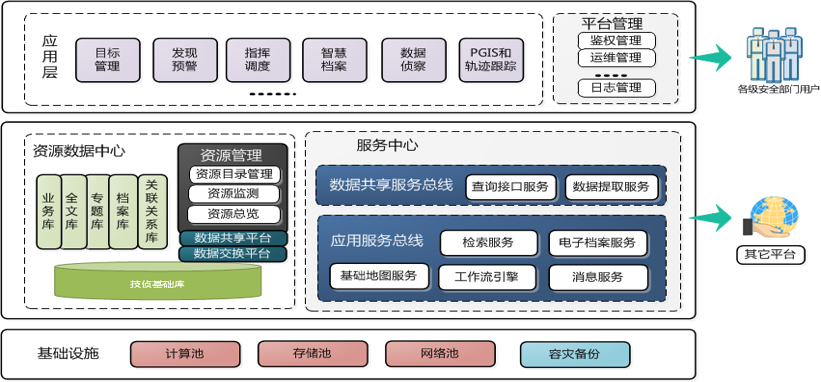
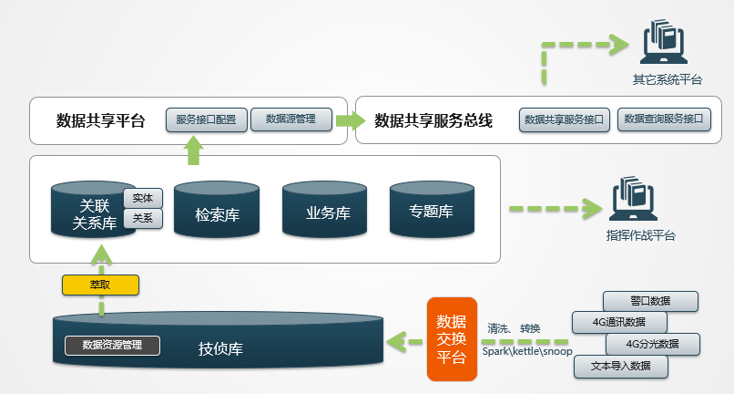
System Core Technology
1). Unique hybrid architecture efficient big data storage analysis engine and Big Data SQL intelligent aggregation query technology:Supported by a hybrid architecture of distributed data big data engine (Hadoop/Park) and high-performance relational databases.
Support TB level structured and unstructured data storage and analysis. Big Data SQL provides second level transparent data query and access capabilities across Hadoop clusters and relational databases using standard SQL for trillions of data volumes.
2). Flexible business modeling analysis based on graphical modeling and workflow analysis engine: Based on the WYSIWYG graphical approach, users are provided with the ability to establish various business analysis models. Analysis users can complete the establishment of complex business models by dragging and dropping various data sources and model nodes (queries, comparisons, associations, statistics, set operations, data mining, model scoring, report export, etc.). Based on workflow analysis engine technology, complex multi-step business analysis model modeling and task scheduling execution are supported.
3). Visual correlation analysis and relationship graph technology based on graph databases: Visualize various massive business volumes in big data systems in a graphical manner (network layout, grouping layout, hierarchical layout, time series layout, topic row layout), and use various visual analysis methods to discover various relevant information involved in the analysis elements, as well as cross correlations and relationship graphs between various data.
4). Heterogeneous data integration from open data sources and multi-dimensional data modeling technology for intelligence clues: Realize the cleaning, classification, integration, correlation, and database building of various clues and resource data obtained by the public security department; Build a multi-dimensional holographic clue thematic library with human, object, and other elements as the core. This includes entity and relationship extraction, automatic clue classification, clue mapping, clue indexing, clue association settings, and automatic clue maintenance.
5). Holographic intelligent archive technology based on intelligent data association and user profiling: By using intelligent data association and entity association extraction, various business analysis elements such as key personnel, items, code addresses, and case materials can be automatically collected and classified. Corresponding electronic archives can be established to combine historical archives with dynamic archives, providing support for dynamic control of key personnel, major event warning and prevention, comprehensive analysis, and other applications.
6). Data reconnaissance business model technology based on data mining and machine learning algorithms:Deeply utilizing existing big data resources, using data mining and machine learning algorithms to support various complex data reconnaissance model processing, including adjoint analysis, deep comparison analysis, relationship network analysis, spatiotemporal trajectory analysis, internet browsing habit analysis, network social behavior analysis, relationship graph analysis, abnormal behavior analysis, connectivity habit analysis, hot event analysis, group object analysis, etc.
4. System Data Architecture Design

1) Smart Archives
Establish digital electronic archives centered around people and objects; By constructing a smart archive system, the basic and critical information of people and objects can be automatically collected and classified, corresponding electronic archives can be established, and dynamic updates of archives can be achieved, providing basic support for other functional modules of the holographic information warfare platform.
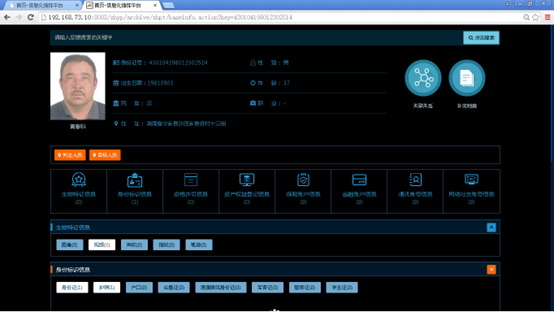
2) Target Management
Scientifically and intelligently manage target objects, etc. Define the data concepts and standards of each element according to the same logic for the goals that need to be focused on or carried out, and establish a classification and grading management system; Covering the entire reconnaissance and case handling workflow, achieving the informatization and standardization of target object management, and improving work efficiency and level.

3) Discovery Warning
By comprehensively connecting various system data sources and basic data sources, under the guidance of enemy modeling and target object libraries, timely detection and distribution of enemy situations can be achieved, providing a system linkage, full database mining, easy docking, rapid response, timely and effective modeling, flexible management, flat command, and collaborative combat detection and early warning platform. The business functions mainly include content based and behavior based bid warning, data model-based warning, intelligent perception based warning, and warning process management

4) GIS and Trajectory Tracking
Provide basic GIS services to support all data analysis and result display that require geographic information support in the system. Realize target trajectory tracking, provide acquisition, visual display, and analysis of target activity trajectories. By analyzing data from multiple data types, comprehensively grasp the activity situation and action intention of the target.

5) Data Reconnaissance
Deeply utilize the existing resources of the system, based on functional modules such as smart archives, target management, discovery and warning, to achieve data reconnaissance applications. Expand the utilization of personalized resources, achieve integration with system data for computational processing, and comprehensively enhance the ability and level of detection and strike. The business functions include companion analysis, deep comparison analysis, relationship network analysis, spatiotemporal trajectory analysis, and network social behavior analysis.

6) Workflow and Knowledge Base Management
Establish workflow management standards, improve the informatization level of workflows, and construct a business knowledge graph. According to the actual needs of business workflow, support flexible configuration of business workflow, support concurrent and cross node flow of multiple tasks, cover all work areas, and support subsequent upgrades and flexible expansion.
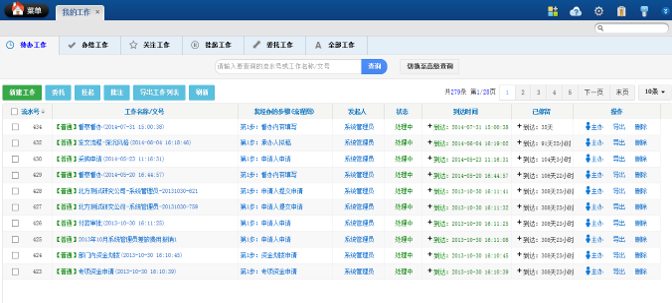

7) Command & Dispatch
Integrate various tasks and processes from reconnaissance activities to intelligence information into a unified interface, and initially form an integrated combat platform that supports the command and dispatch of the entire hall. The specific implementation goals include early warning event scheduling, intelligence information scheduling, reconnaissance and defense operation scheduling, visual command, etc.
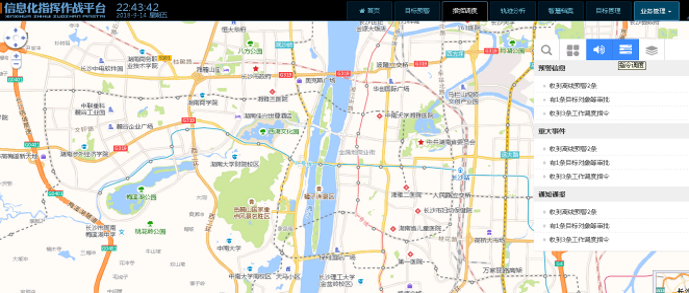 8) System Configuration Management and Operations Security
8) System Configuration Management and Operations SecurityImplement platform resource configuration, authentication management system, user permission management, log audit management, system security prevention management, etc.
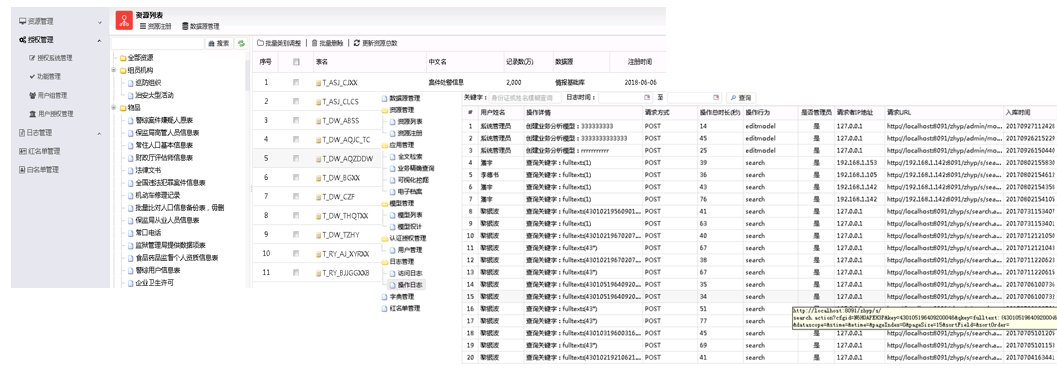
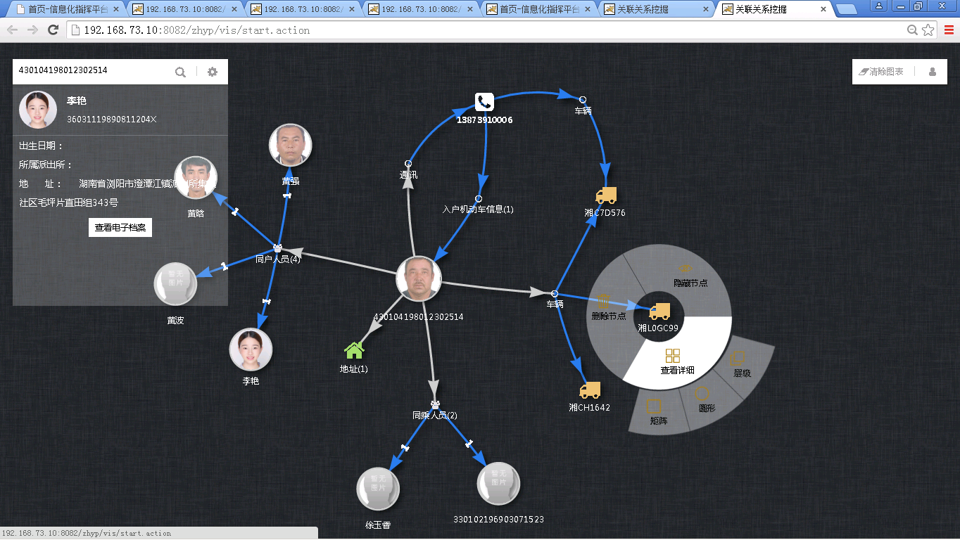
StarNET© Technology Co., Ltd
913, Building B, Ruichuang International Center, No. 8 Wangjing East Road, Beijing +86 10 68876296
info@starnet-data.com
Website:www.starnet-data.com
WeChat No: starnet-2013

